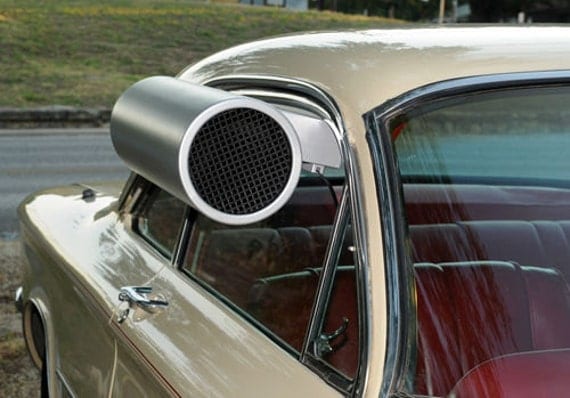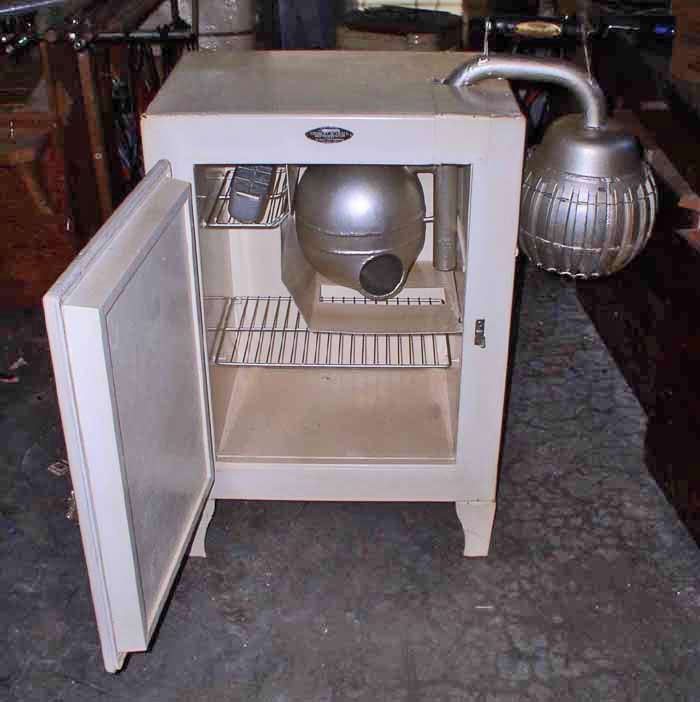ZoNiE said:
No, it's not the same. Air cooling and Air conditioning are two totally different things. As Highdesertranger and I stated, Air conditioners are refrigeration units, they MOVE heat out mechanically. Air coolers cool the air. The heat is transferred to the ice block or whatever, which is in the same space, and then warms up and melts. It does not condition or dehumidify the air. It is simple quick comfort, but will not cool a space all day. You also have to buy Ice... Which was frozen by mechanical refrigeration process. The cooler does not remove the heat from the room.
You are totally incorrect. Mine will work with or without ice, and I have seen it drop the humidity in my van from 80% down to 30%. My thermometer also displays humidity.
The week before the 4th I was selling fireworks. It was 110+ outside, and stayed in the 90's until just before sun up. My cooler was running nearly 24/7, in the tent during the day, and in my van at night. To keep my van from getting too cold, I had to open some windows. A block of ice lasted 5 days. I needed to recharge my battery every 4 days.
Call it what you like, it does work, and it works very well. I use it most often without the addition of ice, and it works very well that way too, just won't get quite as cold.
It makes absolutely no difference what process is used to cool the air, if it works, it works. A jet uses no propeller, but it can still fly, and a balloon can fly without wings.
The only difference between my 12v A/C and your version of an A/C is the method in which the air exchanger is cooled, which is totally irrelevant if it works. The heat expelled outside from a compressor type A/C is generated from the motor and the compressor. It is not coming from inside the house. The house air is sucked into the A/C, and passes through an air exchanger, then blown back into the house.
My A/C generates far less heat than a compressor model, which in some circles would be considered to be more green.
















































































